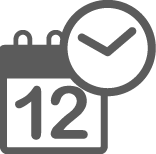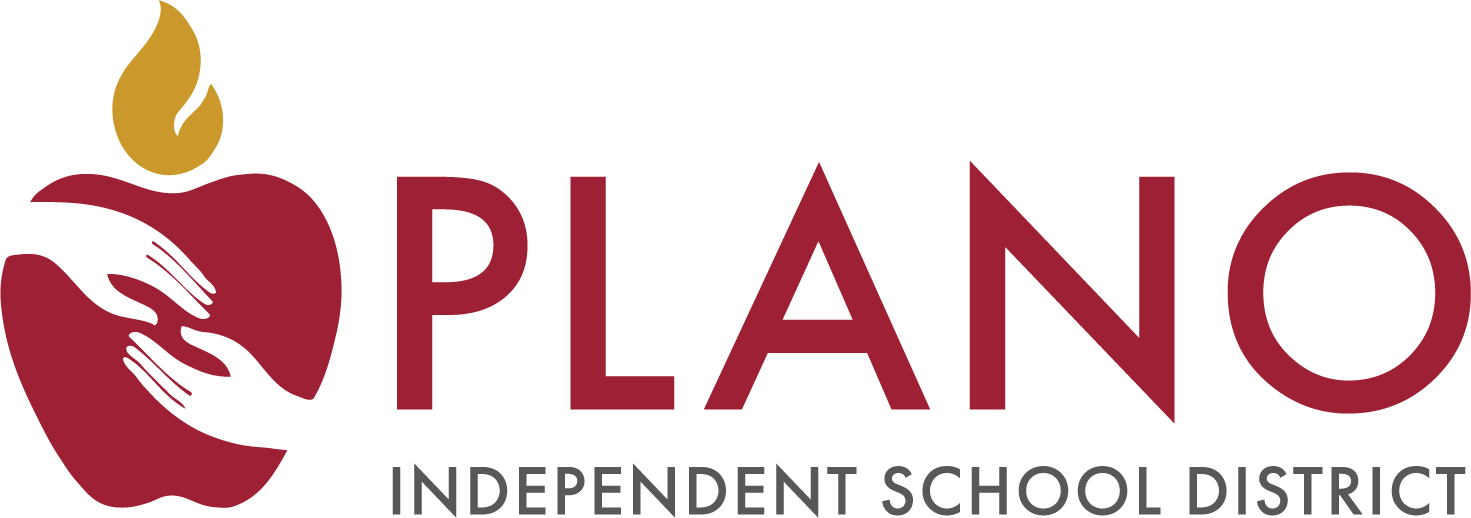Health Services
Page Navigation
- About District Health
- Anaphylaxis & Food Allergy
- Asthma Care
- Backpack Safety
- Communicable Diseases / Exclusions from School
- Diabetes Care
- Frequently Asked Questions
- Head Lice (Pediculosis)
- Health Forms
- Health News & Advisories
- Health Screenings
- Immunizations
- Medications at School
- Nurse Directory
- Return to Learn
- School Health Advisory Council
- Weather Guidelines
- Plano Independent School District
- Return to Learn
-
A Parent's Guide to Return to Learn
As recommended by the Centers for Disease Control (CDC), Plano ISD takes a collaborative team approach when supporting students returning to school after a concussion. Once a student has been diagnosed by a healthcare provider, the campus establishes a team that works together with a shared understanding of the student’s needs. That team may include school administrators, school nurses, academic specialists, counselors, parents, teachers, coaches, athletic trainers and other school staff. The student may also be included as appropriate. The team provides support as follows:
Download a printable version of this guide in PDF format.
STEP 1

After the school nurse is notified of the diagnosis by a parent, appropriate campus staff members, including teachers who interact with the student, are made aware of the injury.STEP 2
 The Student Support Team (SST) will coordinate a meeting or phone call with parents to discuss the student’s care and recovery, and determine the need for additional services or accommodations. (For dual credit courses through Collin College, accommodations must be made separately with the college’s ACCESS office.)
The Student Support Team (SST) will coordinate a meeting or phone call with parents to discuss the student’s care and recovery, and determine the need for additional services or accommodations. (For dual credit courses through Collin College, accommodations must be made separately with the college’s ACCESS office.)
(See FAQ for a list of accommodation examples.)STEP 3
 The campus team and parents will work together, along with medical personnel as appropriate, to assess student progress and monitor the need for and level of accommodations. To assist with this process, the school will secure parental permission to obtain medical information that would be helpful in supporting the student’s return to learn.
The campus team and parents will work together, along with medical personnel as appropriate, to assess student progress and monitor the need for and level of accommodations. To assist with this process, the school will secure parental permission to obtain medical information that would be helpful in supporting the student’s return to learn.STEP 4

A timeline will be established for the student to gradually resume unaccommodated school activities as symptoms subside.STEP 5

If a prolonged recovery, extending beyond several months, seems eminent, a 504 plan or Individualized Education Program (IEP) may be considered.
Frequently Asked Questions
-
What is a concussion?
A concussion is a type of traumatic brain injury (TBI) caused by a bump, blow or jolt to the head that can change the way your brain normally works. Concussions can occur from a fall or a blow to the body that causes the head and brain to move quickly back and forth.
-
What are symptoms of a concussion?
A concussion is a type of traumatic brain injury (TBI) caused by a bump, blow or jolt to the head that can change the way your brain normally works. Concussions can occur from a fall or a blow to the body that causes the head and brain to move quickly back and forth.
- Headache
- Nausea or vomiting
- Balance problems
- Dizziness
- Visual problems
- Sensitivity to noise
- Sensitivity to light
- Dazed or stunned
- Feeling mentally “foggy”
- Feeling clumsy/sluggish
- Behavior or personality changes
- Forgetfulness
- Concentration or memory problems
- Asks same questions repeatedly
- Answers questions slowly
- Drowsiness
- Change in sleep pattern
- Irritability
- Sadness
- More emotional
- Nervousness
-
What are signs school professionals look for following a concussion?
(Source: Center for Disease Control Returning to School after a Concussion: A Fact Sheet for School Professionals)
- Increased problems paying attention or concentrating
- Increased problems remembering or learning new information
- Longer time needed to complete tasks or assignments
- Difficulty organizing tasks or transitioning between tasks
- Inappropriate or impulsive behavior during class
- Greater irritability
- Decreased ability to cope with stress
- More emotional than usual
- Difficulty handling a stimulating school environment (lights, noise, etc.)
- Physical symptoms (headache, dizziness, nausea, visual problems)
-
When should medical care be sought?
When a concussion is suspected, evaluation, diagnosis and treatment must be sought from a qualified healthcare provider.
-
Is "Return to Learn" the same as "Return to Play"?
No. Return to Play is a protocol required by the University Interscholastic League (UIL) determining when a student can return to UIL athletic or cheer activities. Return to Learn applies to all students returning to the classroom following a medical diagnosis.
-
What are examples of accommodations or interventions for students returning to learn?
- Allow frequent breaks
- Allow student to wear sunglasses
- Limit computer/screen use
- Reduce brightness on screens
- Reduce/shorten reading assignments
- Change classroom seating as necessary
- Provide a quiet place for lunch
- Provide a quiet classroom space as needed
- Allow class transitions before the bell
- Postpone major tests/participation in
standardized tests - Allow extra time for assignments and tests
- Reduce class assignments, homework
- Limit physical exertion/recess/gym/athletics


